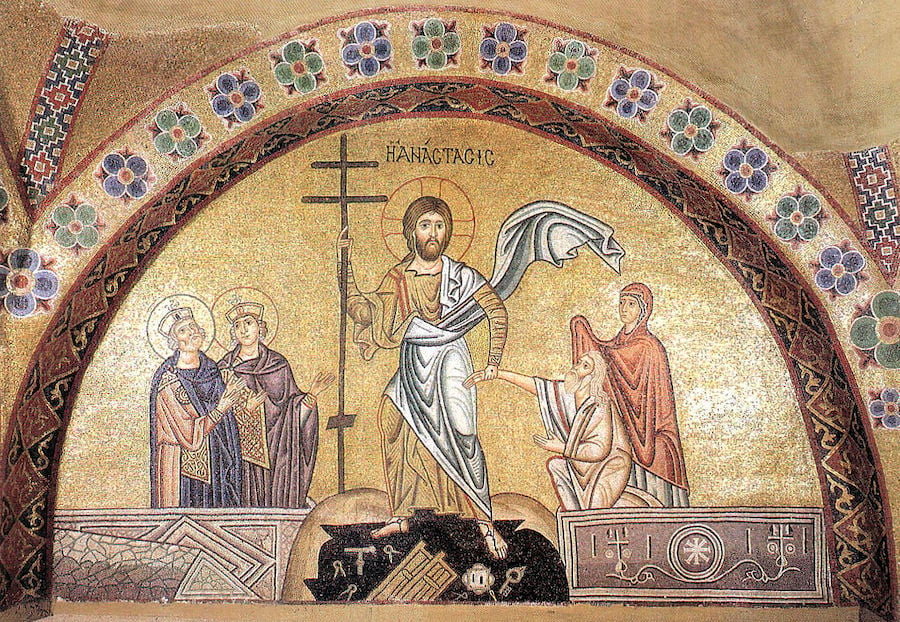Holy Saturday: A Day of Silence, Waiting, and Hope

As Good Friday’s sorrow gives way to anticipation, Christians around the world mark Holy Saturday — the day Jesus lay in the tomb. It’s a sacred pause between death and Resurrection, a time of stillness and reflection.
In the Orthodox tradition, it also recalls the Harrowing of Hell, when Christ descended to free the souls of the righteous, proclaiming victory over death. Churches remain quiet, altars are bare, and the faithful prepare their hearts for the light to come.
As recorded in the Bible, the chief priests and Pharisees asked Pontius Pilate to secure Jesus Christ’s tomb “until the third day” on the Saturday before His resurrection.
They did so because they had suspicions that Christ’s disciples would attempt to steal His buried body during the night and then preach to the people, announcing that He had been resurrected. This, they believed, would be His greatest deception.
Holy Saturday and Greek Easter celebrations
On Holy Saturday, psalms are read and Resurrection hymns are sung, telling of Christ’s descent into Hades: “Today Hades cried out groaning,” the psalm says.
The hymns speak of the conquering of death and the day’s celebration is called “First Resurrection.” Most of the readings of this day are from the Old Testament on the prophecies and promise of the conquering of death.
Both spiritually and practically, Holy Saturday is a time of preparation. In churches and homes across the Christian world, faithful prepare for Easter — decorating, baking special foods, dyeing red eggs (in the Orthodox tradition), and readying for the midnight Resurrection service.
In Catholic and many Protestant churches, Holy Saturday evening includes the Easter Vigil, one of the most beautiful and symbolic services of the year. It begins in darkness, often with the lighting of the Paschal candle, followed by Scripture readings, baptisms, and finally the joyful proclamation: “Christ is Risen!”
In Greece, the Resurrection Mass takes place on the night of Holy Saturday. A few minutes before midnight, all the lights are turned off and the priest exits the altar holding candles lit by the Holy Light, which is distributed to everyone in attendance.
Holy Saturday Resurrection Service
At midnight, the priest exits the church and announces the resurrection of Jesus.
Fireworks and crackers go off and the dark night is filled with light and colorful explosions.
After the Resurrection Mass, people return home, bringing the Holy Light along, and use it to draw a cross on the door sill with the candle’s smoke.
They also light a candle inside the house that remains lit for thirty to forty days.
They sit around the table to eat magiritsa, a soup made of lamb or beef offal.
Greeks crack red eggs on Holy Saturday and Easter Sunday
In Greece, egg cracking, or tsougrisma (τσούγκρισμα in Greek), starts on the night after the Resurrection Service, the night before Easter, and continues the following day at the Greek Easter feast.
The red-dyed eggs are tapped against each other and cracked together between two people as they exchange the traditional Easter greeting “Christos anesti!” (“Christ has risen”) – “Alithos anesti!” (“He Truly Has”).
In Greece, dying eggs red, symbolizing Christ’s blood, has held strong throughout the millennia as an Easter tradition.
The egg in itself is a symbol, as its hard shell represents the sealed tomb of Jesus—the cracking of which symbolizes His resurrection from the dead and exit from the tomb.
Business Wire






No comments